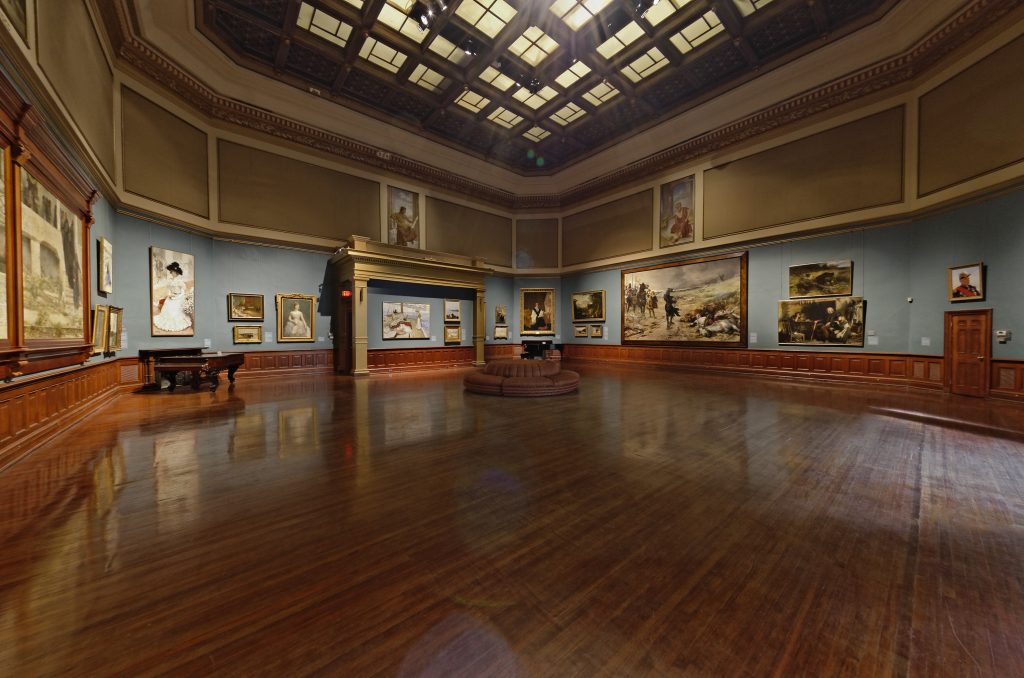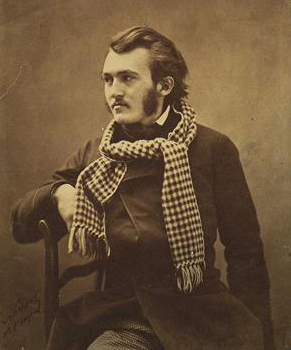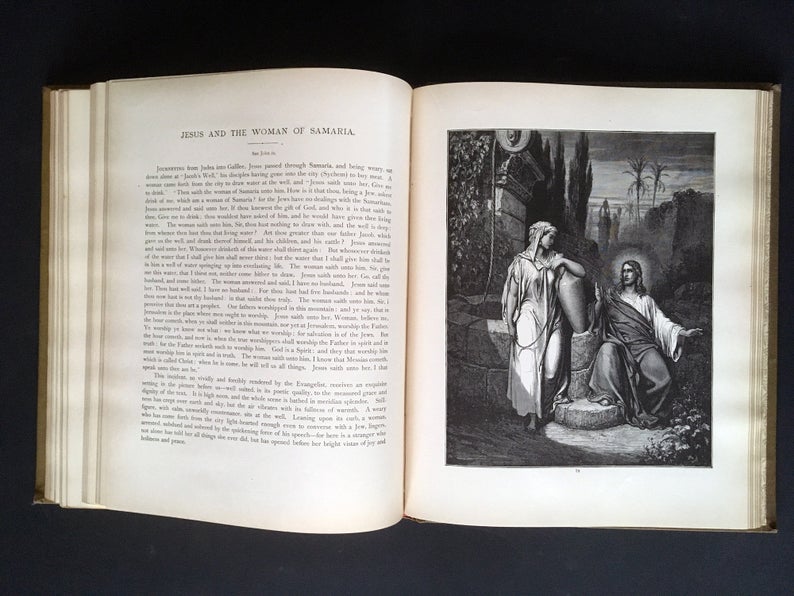During the COVID-19 shutdowns, museums scrambled to find ways to continue their missions while physical access to their collections, resources, and programs were closed. Many museums found low-cost ways to produce digital educational content. We’ve been following these trends, and pointing out excellent examples such as the San Diego History Center’s use of Google Sites and Google Slides to produce educational resources for all the parents and kids who are suddenly having to learn how to homeschool.
Producing content has never been a problem for museums. Your institutions are filled to the brim with cultural treasures, everyone having a story to tell. But there is one thing that almost every museum has struggled to achieve: the ability to effectively monetize that content. There have been several barriers for this, some of which are rapidly changing in this season of business-as-unusual for museums. But some are going to be harder to overcome, and may need creative solutions and nimble leadership decisions from museum directors and development officers.
Barrier #1: Digital Access Might Discourage Visits
The first problem that museums face in digitally monetizing their content has been the tension between encouraging online content consumption and the mission to get people into the museum’s galleries and education centers, where the collection can be interacted with in real life. I am highly sympathetic to this tension. All things being equal, I’d much rather stand in awe at the scale of a painting like the Black Prince at Crécy in the Rotunda Gallery of Telfair Academy than view a jpeg of it on my computer monitor.

Barrier #2: Allocation of Time Resources
Museum staff are often overworked. Since museums are non-profit institutions, fundraising and maximizing earnings from memberships and exhibitions are constantly needed to fund annual operating budgets. This effort takes up much of a museum’s resources, and staff always have to make the most of their time, balancing many responsibilities.
While developing digital content is relatively inexpensive, in terms of hard costs, it can require significant human resources. And what’s more, it usually requires the coordination of the expertise of several distinct museum departments. Curators and historians have the stories, educators shape these stories into usable teaching materials, marketers manage the channels through which this content is distributed. Allocating sufficient resources from all three departments, and coordinating them, is a massive challenge for busy museum staff.
Barrier #3: Institutional Incentive Structures
The third barrier to monetizing digital content has to do with the siloed institutional incentive structures built into museums. Everyone I’ve met who works in the museum sector is mission-motivated, generous, and richly community-oriented. They value the museum, and they want their communities to benefit from their collections and programs. However, while there is a generous and genuine intent, museum departments are commonly siloed, and incentives follow the goals of each department individually, and so the ability to coordinate departments to find new revenue sources through monetizing digital content, usually fails to gain traction.
But there is more to this institutional incentive structure problem. Museums are not just siloed institutions, they’re also non-profit institutions. And while everyone wants the museum to thrive economically at an individual level, very few museum professionals are motivated by financial performance, at least not directly. Not in the ways that a sales department would be motivated by year-end bonuses, tied to meeting or exceeding sales quotas.
If you look at the industries that are making money producing and selling digital content, you’ll find one of the most ambitious, high octane, entrepreneurial sets of people out there. Monetizing digital content is highly lucrative, which is why massive amounts of venture capital are currently flowing into this space. But that also means it’s competitive and requires nimble, experimental, and adventurous projects.
The downside to endowments is the unintentional institutional inertia it can foster.
Barrier #4: Institutional Systems
Suppose all your curatorial staff, educators, and marketers were able to coordinate and produce compelling and valuable digital content over the next weeks and months while your physical galleries are closed. Just imagine the stories they could tell and create! And they’re already doing it, as in the San Diego History Center example.
However, in order to monetize this content, there is still one significant barrier that stands in the way. Namely, your out of date, siloed, institutional software that you use for marketing, CRM, and to process financial transactions.
Institutions tend to buy institutional software. And institutional software developers are not among the most entrepreneurial, market minded, and competitive companies out there. When they have institutional clients locked into ten-year licenses, along with a high degree of confidence that those licenses will renew—because the pain of change is less than the pain of their software’s limitations—they have less incentive to innovate than their commercial cousins.
Nowhere is this more the case then with museum CRM, marketing, and financial software.
Consider how simple, but fundamental, this barrier is. Let’s suppose the scrappy educators at the San Diego History Center keep producing valuable educational content. And let’s imagine that they produce a subset of premium content that could be offered for sale. Perhaps as a one-off purchase, or perhaps as an incentive to buy a membership, or maybe even starting a museum “club” that gets access to a portal with a growing set of premium, member-only content.
Let’s imagine one of your followers getting an email offering this content and saying to themselves, “Yeah, I’ll pay for that, besides, I really want to support my museum these days. I think I’ll click that ‘buy now’ button…” Not too hard to imagine, right?
But then what? Where does that button lead? What platform will process the transaction? And once it’s processed, will your email marketing platform be able to put that person into a marketing funnel or a drip campaign? Will your website be able to tailor its messaging, and its calls to action based on that person’s status as a club member or content buyer?
So many times, as we have worked with our museum clients on content strategy, marketing strategy, and website platforms, the dead ends we encounter can be pinned on any or all of these barriers. But this last one is usually the nail on the lid of the coffin where digital marketing and monetized digital content strategies go to die.
The Opportunity Before You
There can be an upside to the Covid crisis for museums. Some of the barriers that kept you from monetizing your collections and resources have fell abruptly. The only one that remains is your transaction, CRM, and marketing platforms. But this too can be overcome.
Overcoming this practical and fundamental barrier to monetizing digital products is going to require setting up “shadow” platforms to your primary museum system. You can use HubSpot Free CRM to quickly set up a digital marketing CRM that can be utilized for funnel and drip campaigns. You can easily integrate HubSpot with MailChimp—which many museums already use. You can use Google Sites, or even a Squarespace site to mirror your main site if it’s not already built in a flexible WordPress platform (in which case there are many easy to install plugins and resources for selling digital products and member-only content).
You could also cheaply spin up a Shopify site and utilize any number of plugins to quickly build a platform for selling digital products.
Startups and entrepreneurs use these kinds of platforms every day. There is an abundance of tools and techniques to quickly deploy digital marketing strategies. It just takes some moxie, creativity, and startup ingenuity to take some risks.
Perhaps the Covid crisis was just what your museum needed to turn the corner. Consider how the tremendous value contained in your collections can begin to add revenue to your museum’s operations, finally contributing to its mission in a more economics-driven way.










